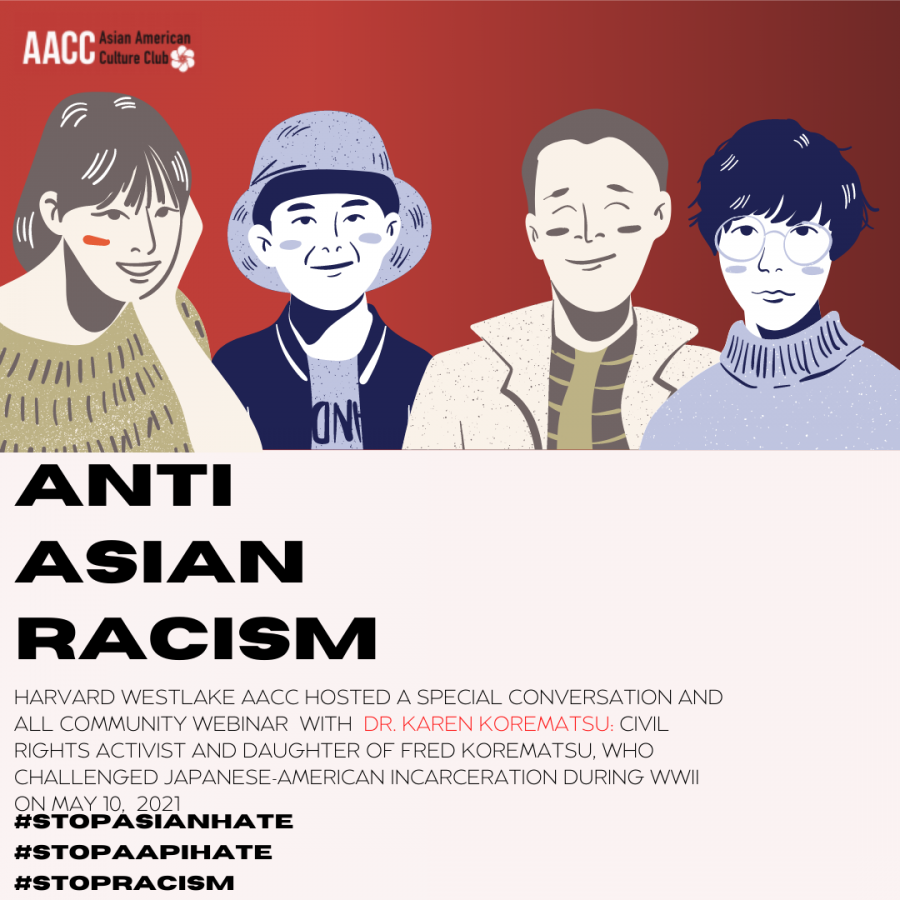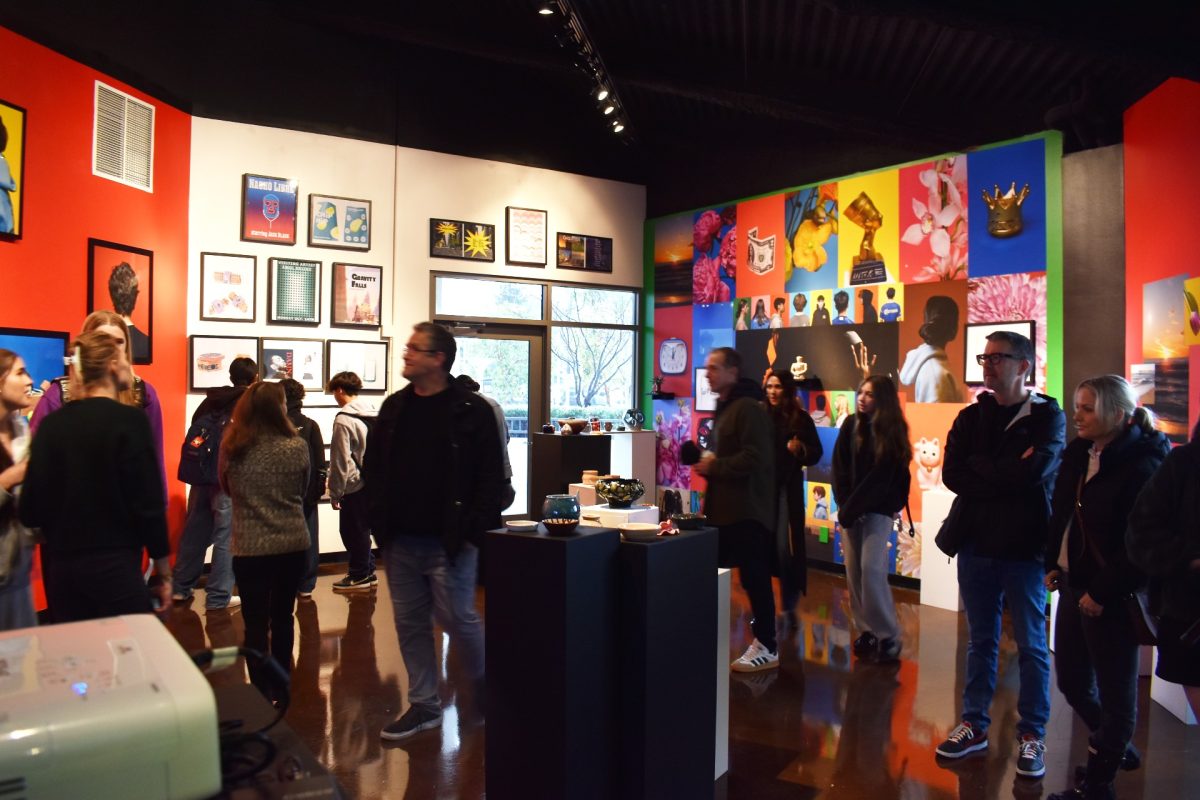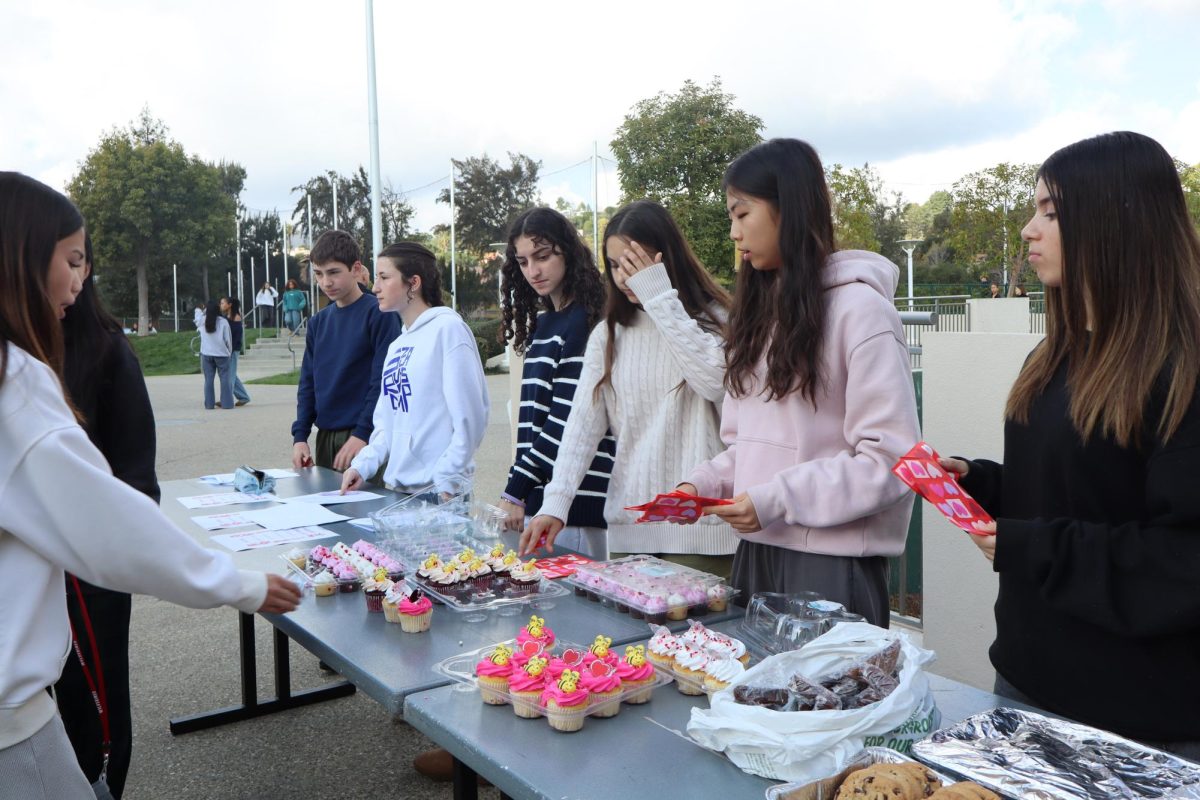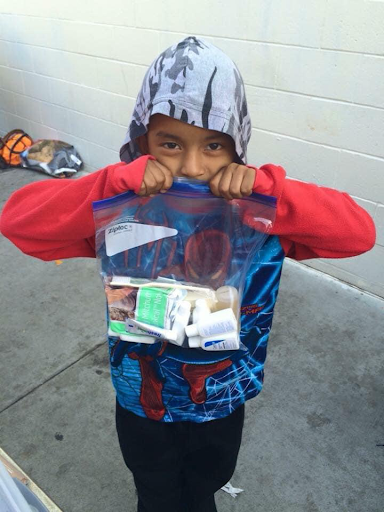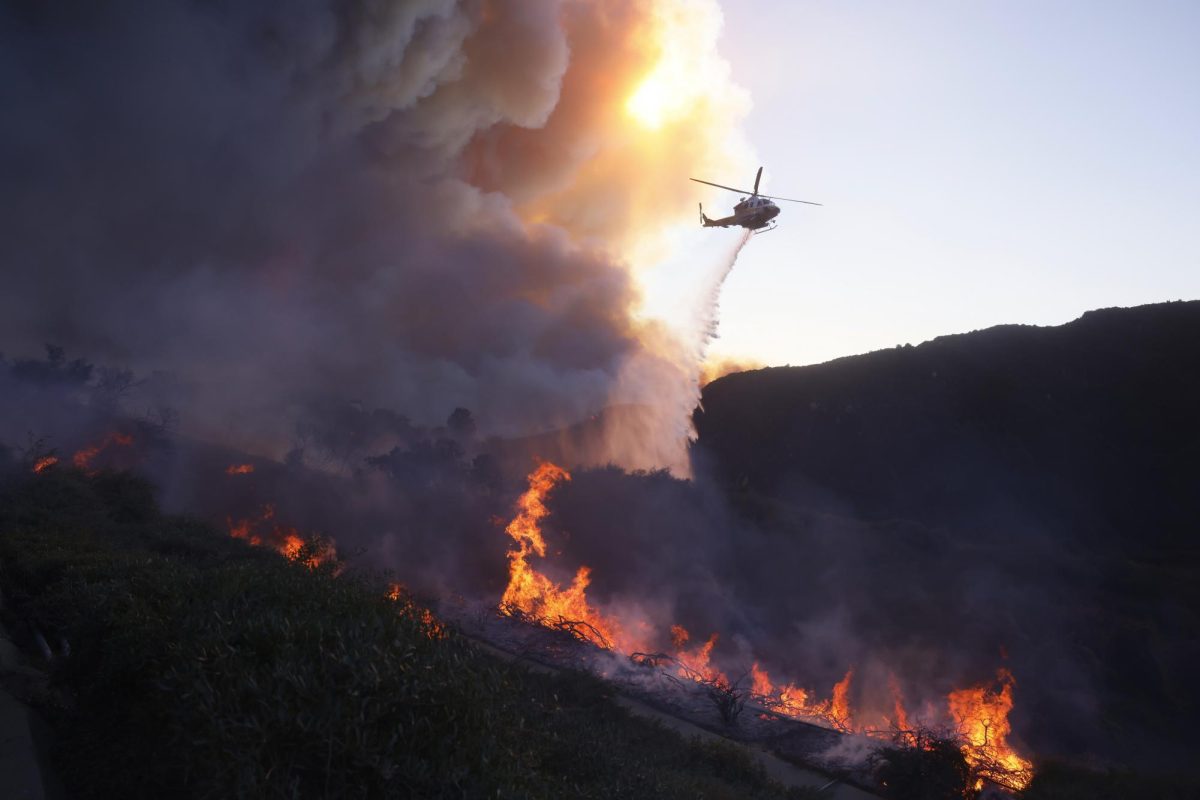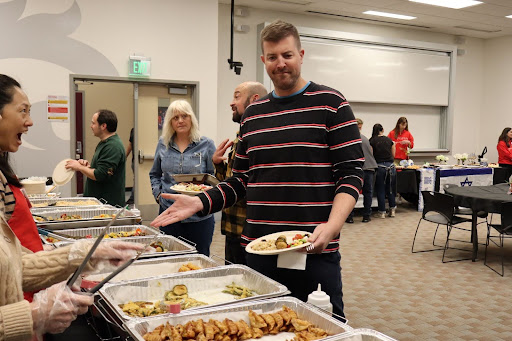The Asian American Culture Club (AACC) hosts weekly discussions and slideshows during their meetings on Thursdays where they talk about different issues regarding anti-Asian hate. In a recent meeting, they discussed cultural appropriation and how it affects the Asian American and BIPOC communities, and also responded to violent scapegoating of Asian Americans.
AACC encourages everyone in the Harvard-Westlake (HW) community to attend these meetings – not just those who identify with Asian identities – to learn, reflect and promote diversity and inclusion. The purpose of the club is to create a safe space for students to explore and celebrate their identities.
In the past month the club’s student leaders created an informational video where a slideshow of anti-Asian hate crimes was explained to the HW community. This presentation was intended for students and faculty who wished to learn more about the hate crimes and for people who wanted to become better allies to the Asian-American community.
When organizing guest speakers and other events, the club has to think about the audience and which speakers might appeal to the community of seventh through ninth graders. Some things they consider: what stories might resonate, what message we want students to come away with, and how might a speaker deepen our understanding of the Asian American community.
They recently collaborated with Japanese Language Culture Club (JLCC) and invited Robert Kikkawa, a Japanese internment camp survivor, who spoke about his time in the internment camp. The leaders of AACC also participated in a virtual roundtable for Student Leaders for Inclusion, Diversity and Equity, where they were interviewed by faculty regarding the antiracist curriculum in hopes for the administration to receive and apply their feedback.
They also invited Dr. Karen Korematsu, civil rights activist and daughter of Fred Korematsu, who spoke on Monday, May 10th at the HW Middle School and challenged Japanese-American incarceration during WWII, to share her story and passion for social justice in a school community webinar for Asian Americans and Pacific Islanders (AAPI) Heritage Month.
“Honestly, our club has just been focusing on educating the community and discussing our own thoughts on the recent events. Generally speaking, we just wanted to use our club as a safe space to process and grieve as a whole,” said Noelle Kim ’24, a student leader of AACC. “ By putting up the anti-Asian hate crime video, holding discussions, having speakers come in and talk about their personal experiences, we try to provide a welcoming environment where students’ voices are heard and people can share how they feel.”
While AACC is only at the middle school, there is also an Asian American affinity club at the Upper School called ASiA—Asian Students in Action. They have been around for a few years and have been quite active this year.
“While ‘Asian American’ is such a diverse and broad term and our experiences are varied and unique, I hope that we can find ways to learn from each other, share our stories, and celebrate our cultures,” AACC Adviser Karen Fukushima said.
